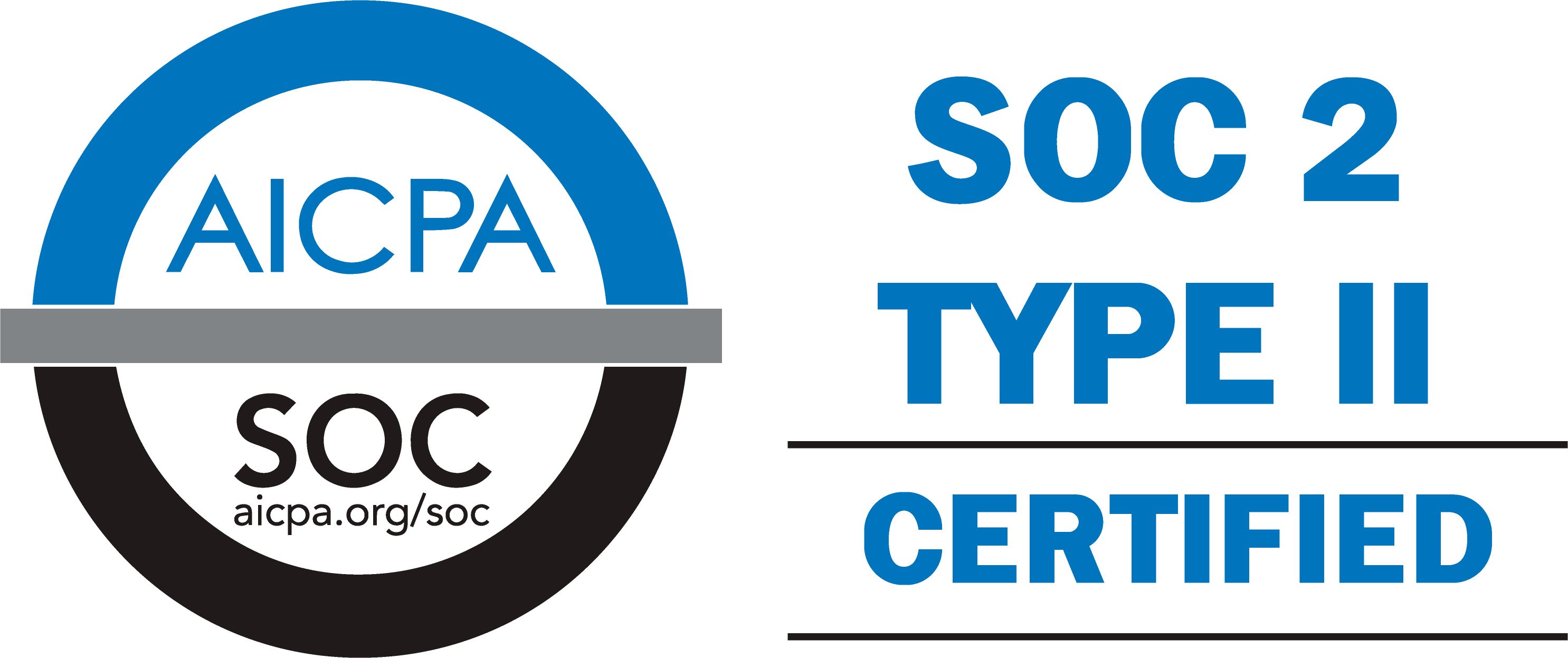|
November 1, 2023 |
Categories: Informative Articles |
The second leading cause of infant deaths, preterm birth is when a baby is born before a mom has been pregnant for 37 weeks. While some babies born early go on to be healthy adults, the consequences of this lost time are often serious. Babies who are born early are often too small because they don’t have time to complete growth that typically occurs during pregnancy. Babies born prematurely also miss time that the brain, liver, and lungs need to fully develop.
Preterm-related complications lead to more than 35% of infant deaths. Babies who survive being born preterm may have ongoing respiratory problems, developmental delays, difficulty feeding, vision and hearing challenges, or cerebral palsy.
These problems additionally lead to significant emotional and financial strains on families. An estimated $25.2 billion in medical, educational, and lost productivity costs are associated with preterm birth in the United States each year.
To promote preterm birth awareness, Prematurity Awareness Month is observed each year in November. Beginning November 15, the March of Dimes will release its 2023 Report Card during Maternal and Infant Health Awareness Week, a time for action and advocacy in the fight against preterm birth. On November 17, World Prematurity Day raises awareness and builds global support and compassion for families of babies who are born prematurely.
Annually, more than 10% of babies in the United States are born prematurely. Preterm birth rates reflect systemic disparities in healthcare that disproportionately impact people in various racial and ethnic groups. From 2019 to 2021, average preterm birth rates in the United States were:
- 4% for Black babies
- 8% for American Indian and Alaskan Natives
- 10% for Hispanics
- 3% for whites
- 9% for Asian/Pacific Islanders
Research has shown that a history of multiple gestations, some uterine and cervical problems, and a prior preterm birth are the strongest risk factors for a subsequent premature birth. Other risk factors are maternal age, birth spacing, multiple births, smoking, lack of health insurance coverage, obesity, alcohol and illicit drug use, genitourinary infection, hypertension, late or no prenatal care, diabetes mellitus, and other social determinants of health and psychosocial factors.
Identifying at-risk moms early in pregnancy gives healthcare providers the opportunity to diagnose, treat and manage these and other conditions in time to prevent preterm birth.
Using proprietary AI algorithms with high predictive power, Lucina’s analytics provide pregnancy identification and risk stratification data. This improves the effectiveness of health plan maternity care management outreach and engagement and leads to better outcomes for moms and babies, including a 10.4% reduction in preterm birth rates and a significant decrease in preterm birth rates for Black moms and babies.
Lucina identifies at-risk moms far earlier than many health plans currently do on their own — 98% before delivery and 70% in the first trimester. Identifying moms earlier in pregnancy allows for early, targeted prenatal care, including critical visits with a healthcare provider during the first trimester. Early identification of at-risk moms also builds stronger doctor-patient relationships and improves chances for moms to receive routine, high-quality care throughout pregnancy.
For more information about our predictive analytic tool, contact us here. And don’t forget to follow us on LinkedIn and X (formerly Twitter).



